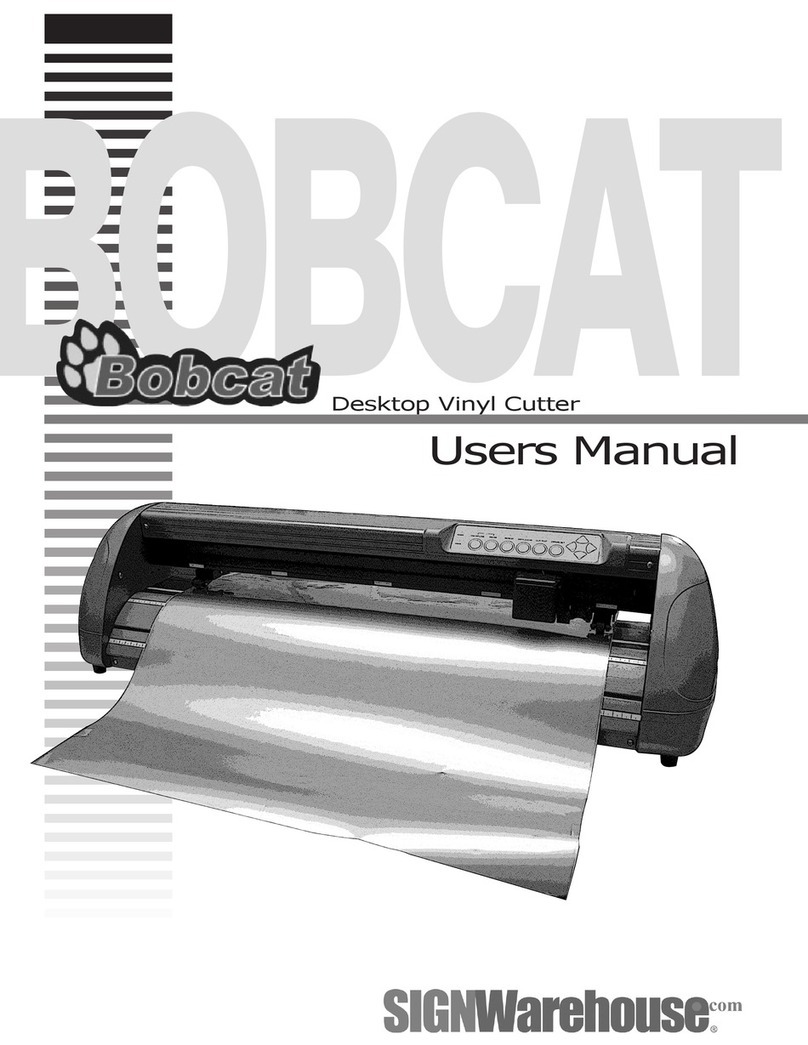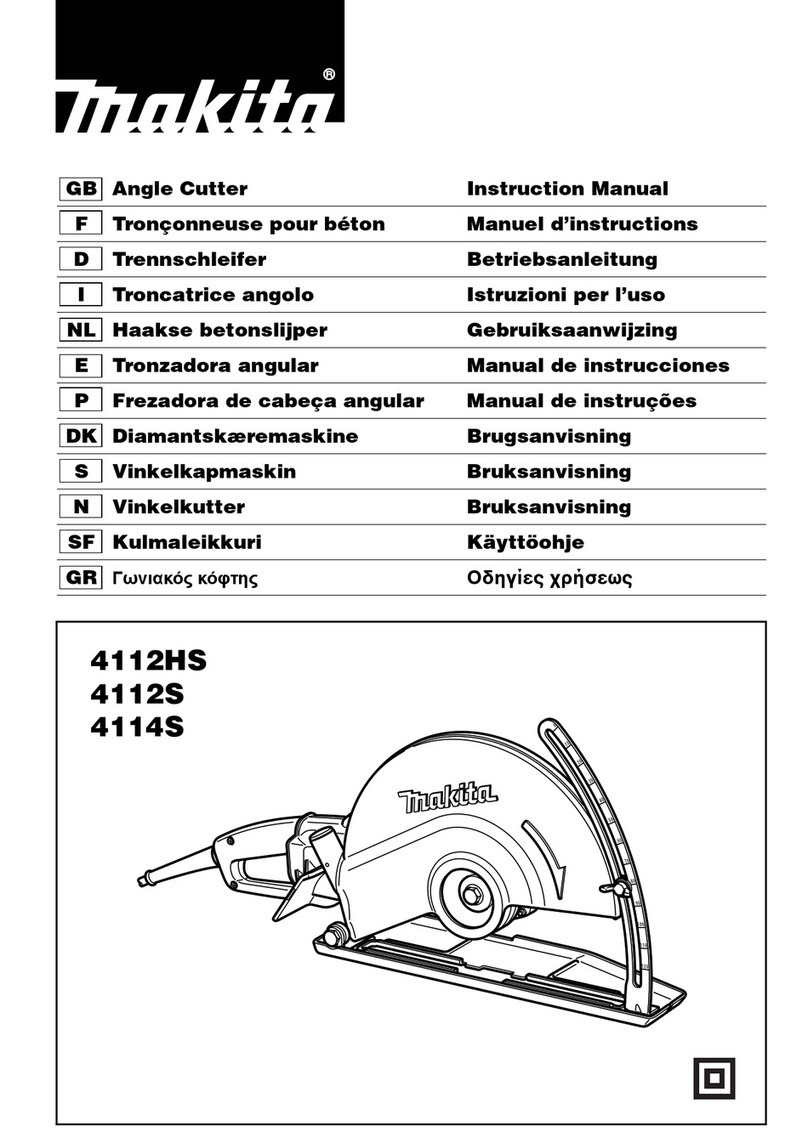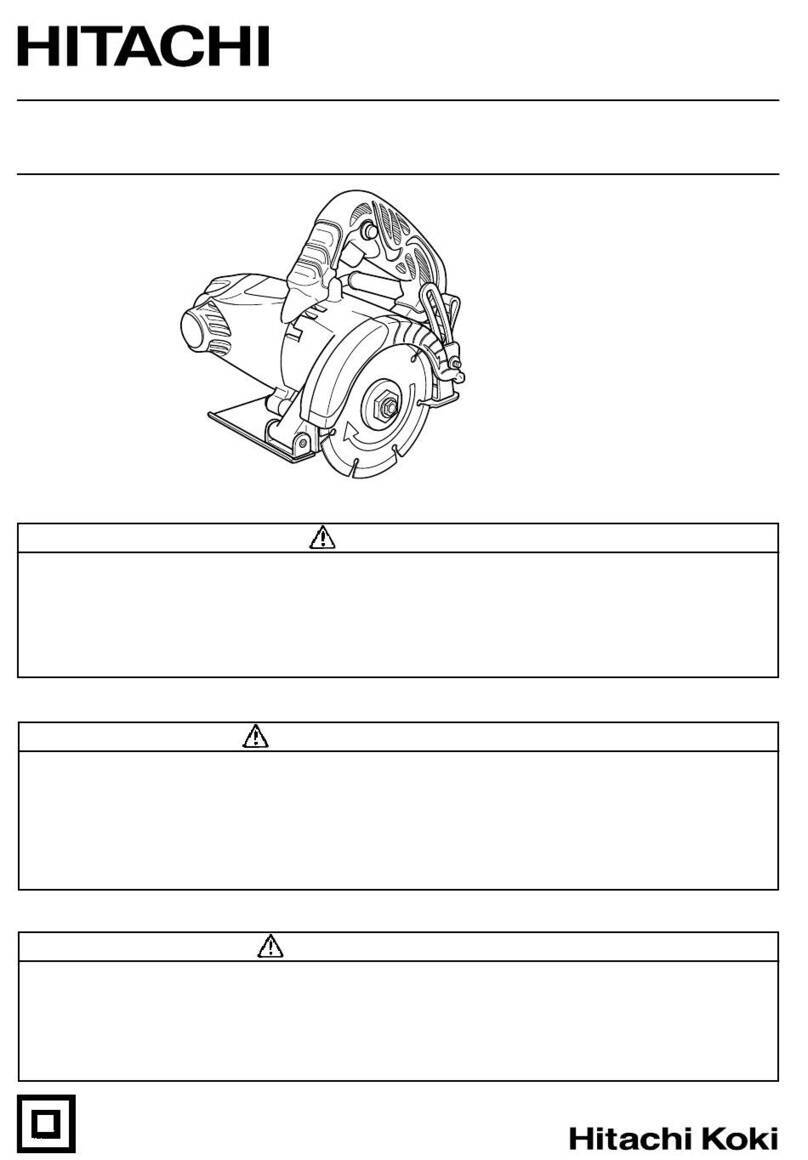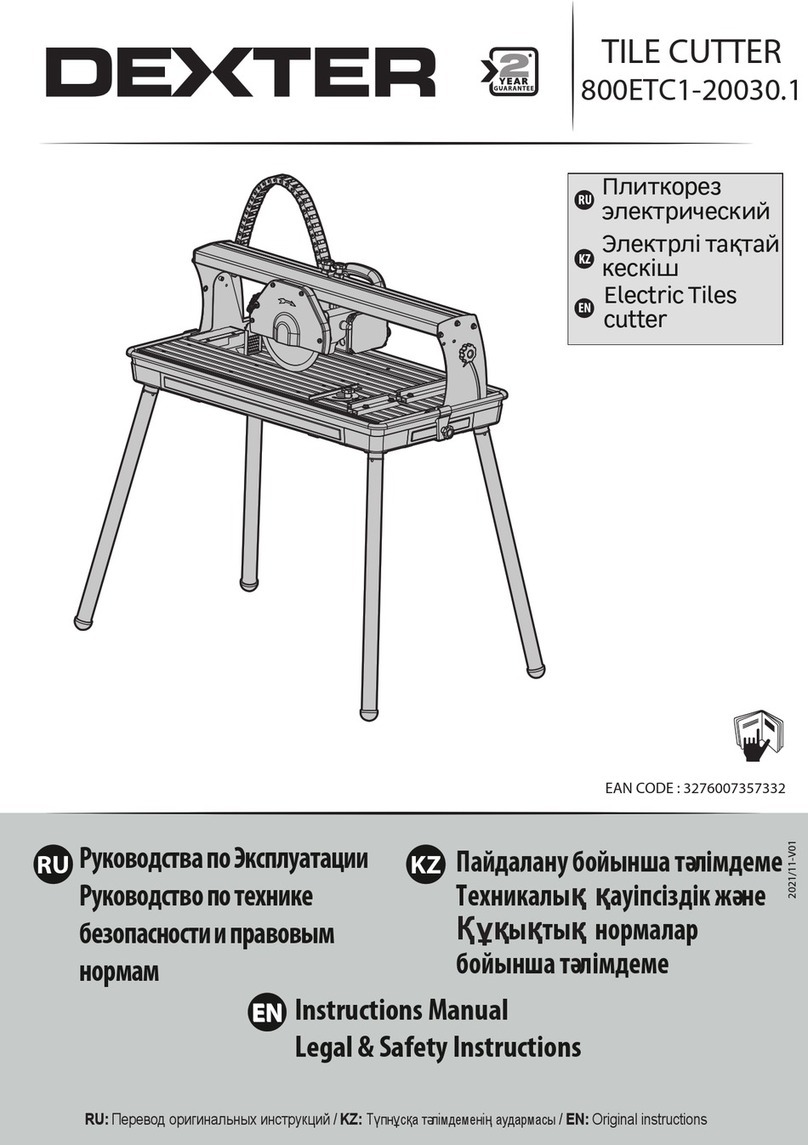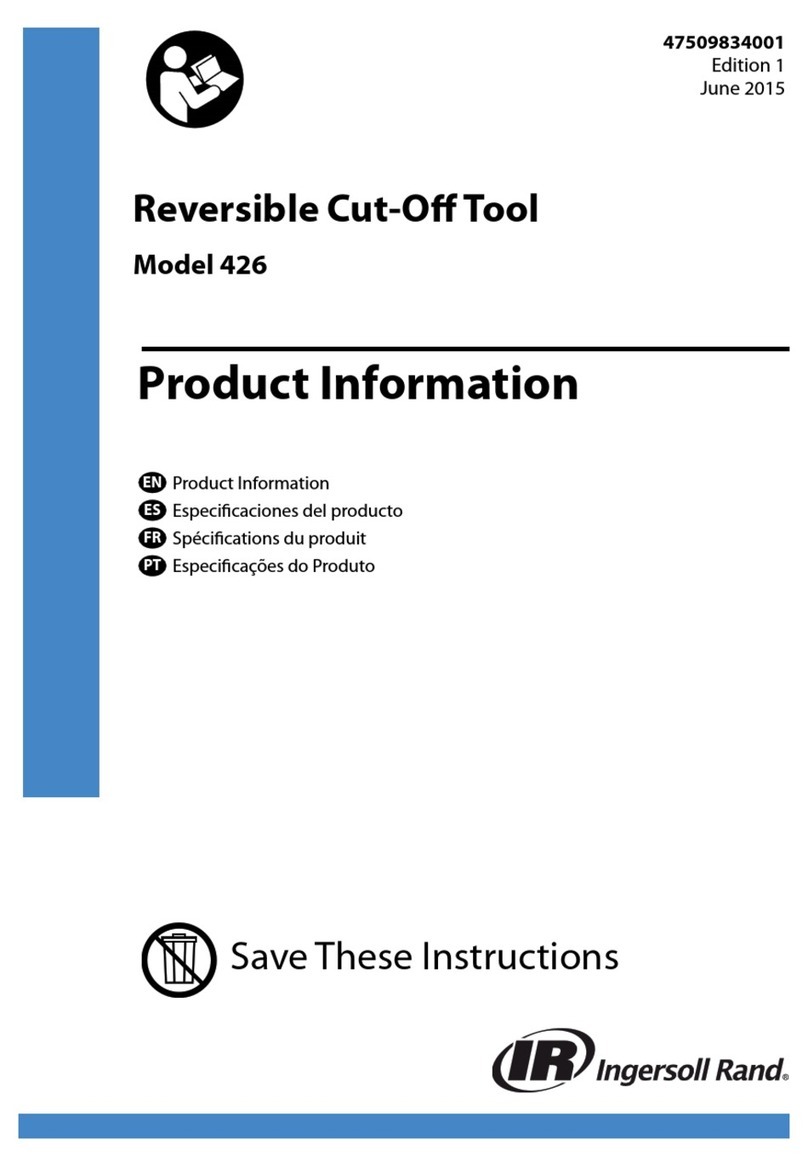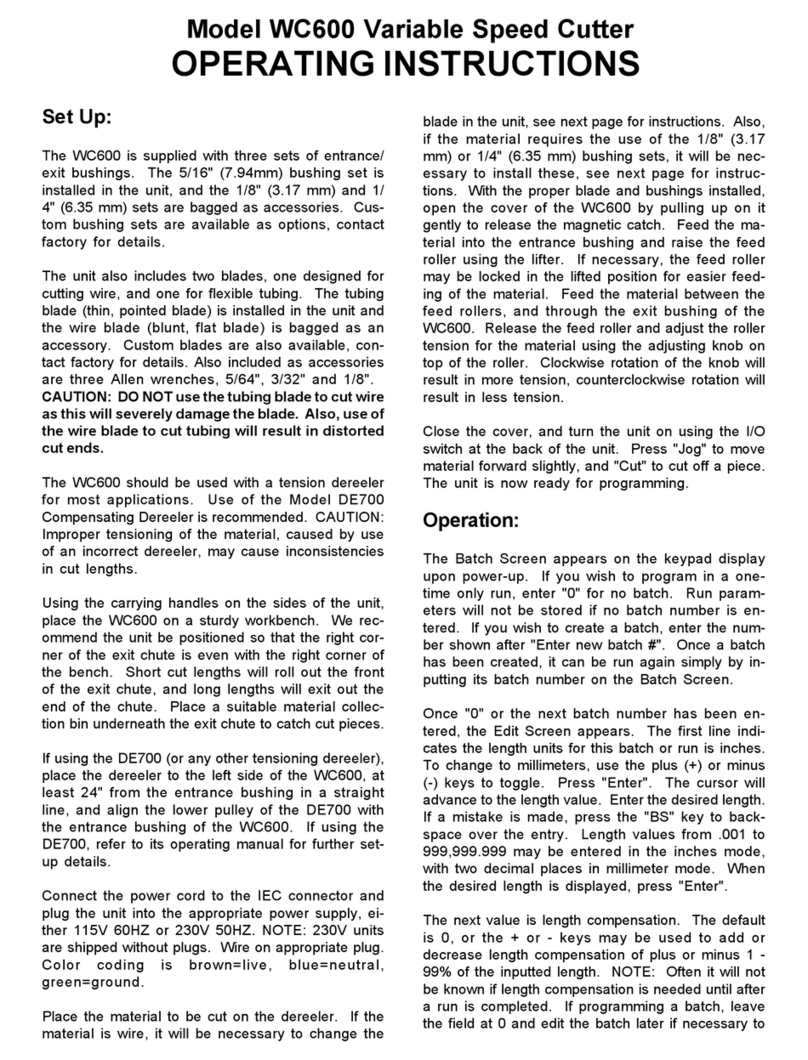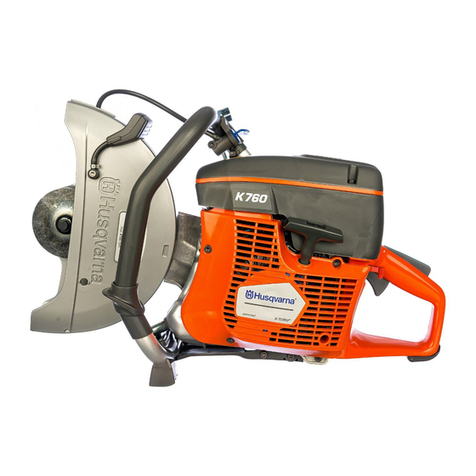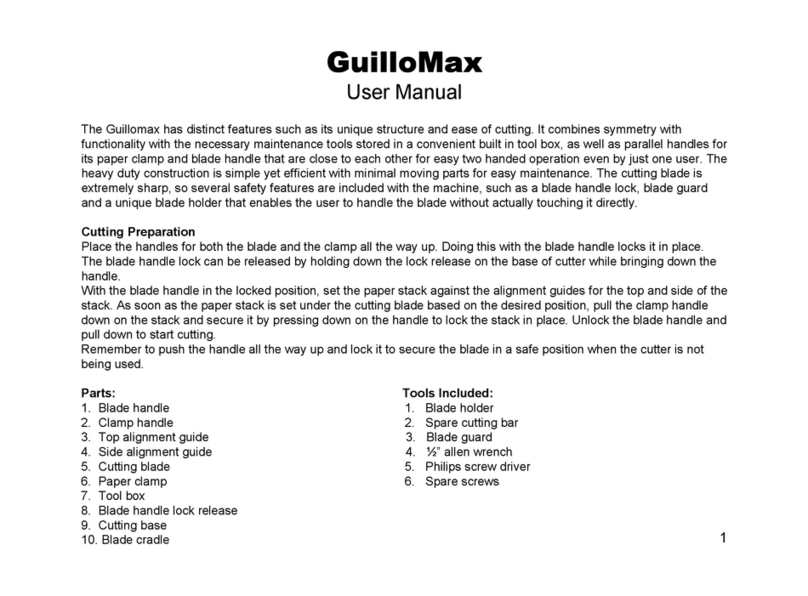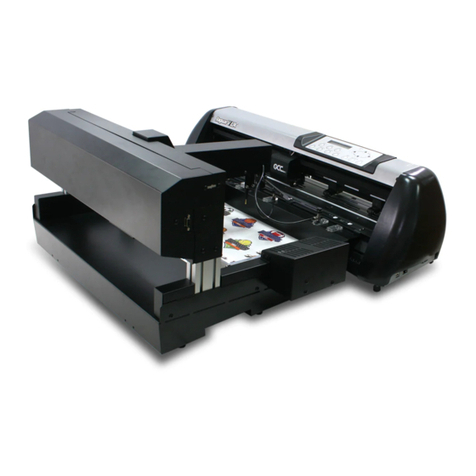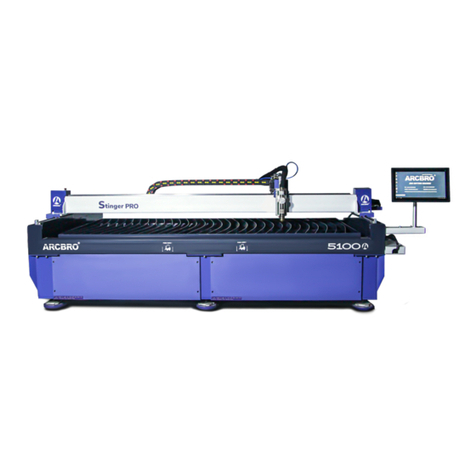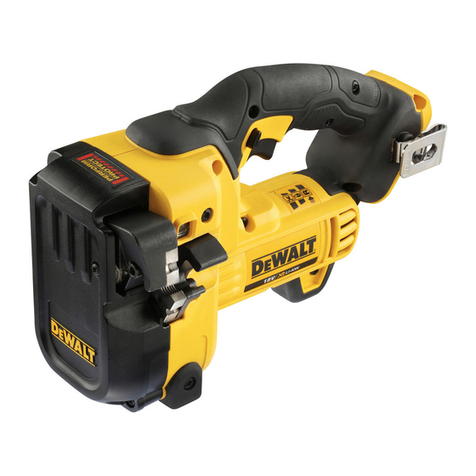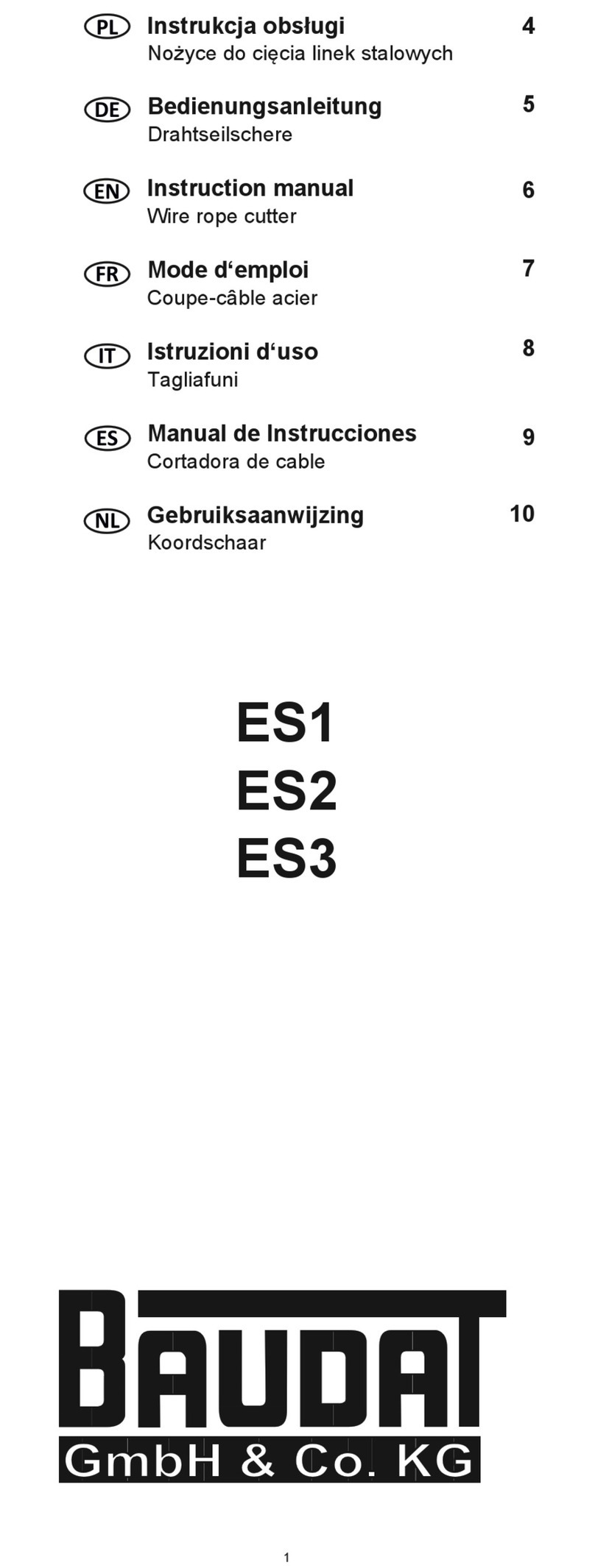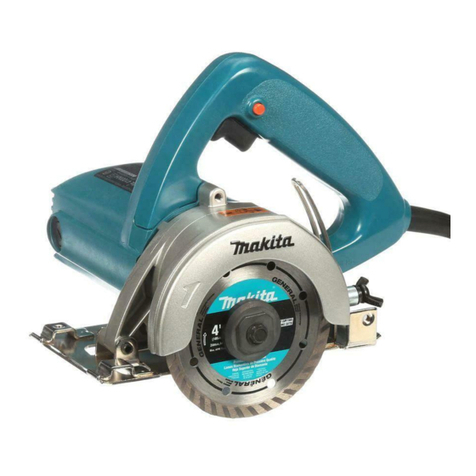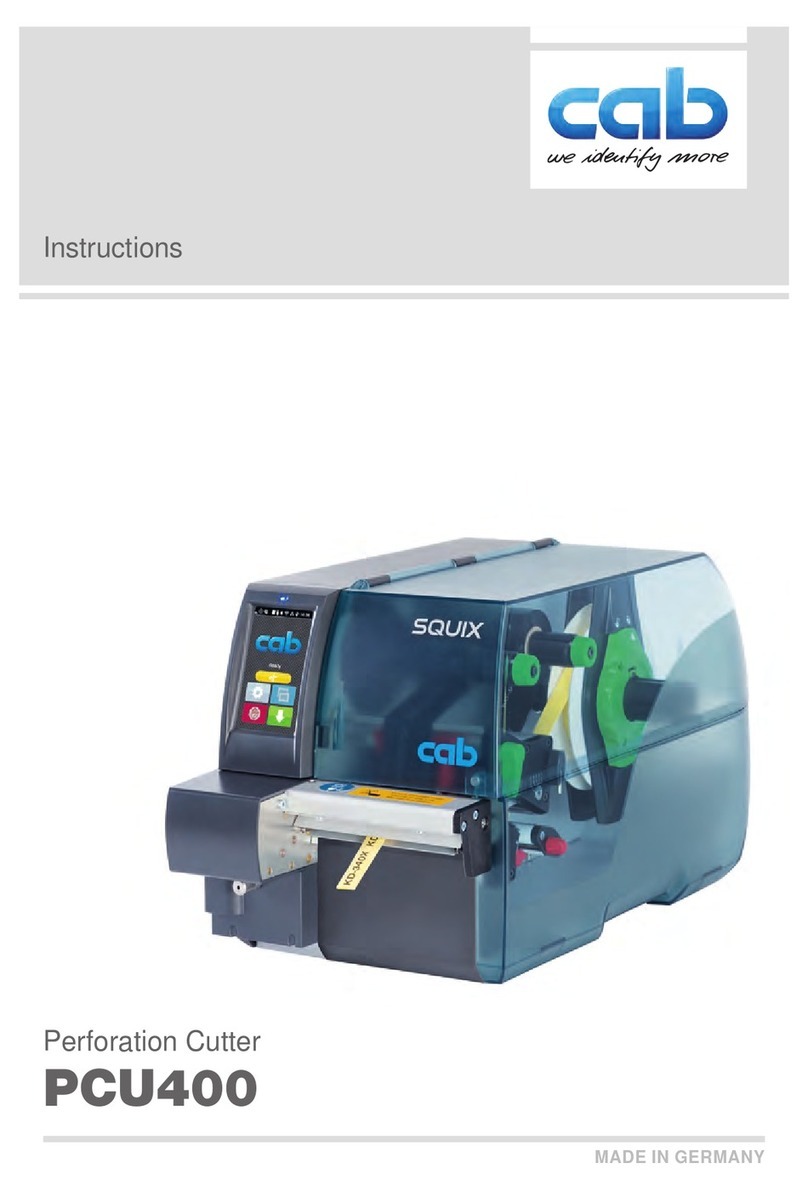
Toda comunicación se deberádirigir a la oficina o
al distribuidor Ingersoll–Rand más próximo.
Ingersoll–Rand Company 2000
Impreso en EE. UU.
MANUAL DE USO Y MANTENIMIENTO PARA LA HERRAMIENTA DE
CORTE SERVICIO PESADO MODELO 326
NOTA
La herramienta de corte modelo 326 estádiseñada para trabajos de sustitución de sistemas de
escape. Corta rápidamente los silenciadores, tubos de salida, chapa, tuercas y tornillos.
Ingersoll–Rand no aceptaráresponsabilidad alguna por la modificación de las herramientas
efectuada por el cliente para las aplicaciones que no hayan sido consultadas con Ingersoll–Rand.
AVISO
SE ADJUNTA INFORMACIÓN IMPORTANTE DE SEGURIDAD.
LEA ESTE MANUAL ANTES DE USAR LA HERRAMIENTA.
ES RESPONSABILIDAD DE LA EMPRESA ASEGURARSE DE QUE EL OPERARIO
ESTÉAL TANTO DE LA INFORMACIÓN QUE CONTIENE ESTE MANUAL.
EL HACER CASO OMISO DE LOS AVISOS SIGUIENTES PODRÍA OCASIONAR
LESIONES.
PARA PONER LA HERRAMIENTA EN
SERVICIO
•Utilice, examine y mantenga siempre esta
herramienta conforme al código de seguridad para
herramientas neumáticas portátiles de la American
National Standards Institute (ANSI B186.1).
•Para mayor seguridad, rendimiento óptimo y larga
vida útil de las piezas, utilice esta herramienta a
una presión de aire máxima de 90 psig (6,2 bar/
620 kPa) con una manguera de suministro de aire
con diámetro interno de 8 mm.
•Corte siempre el suministro de aire y desconecte la
manguera de suministro de aire antes de instalar,
desmontar o ajustar cualquier accesorio de esta
herramienta, o antes de realizar cualquier
operación de mantenimiento de la misma.
•No utilice mangueras de aire y racores dañados,
desgastados ni deteriorados.
•Asegúrese de que todos los racores y mangueras
sean del tamaño correcto y estén bien apretados.
El Esq. TPD905–1 muestra una disposición
característica de las tuberías.
•Use siempre aire limpio y seco a una presión
máxima de 90 psig (6,2 bar/620 kPa). El polvo, los
gases corrosivos y el exceso de humedad pueden
estropear el motor de una herramienta neumática.
•No lubrique las herramientas con líquidos
inflamables o volátiles tales como queroseno, gasoil
o combustible para motores a reacción.
•No saque ninguna etiqueta. Sustituya toda etiqueta
dañada.
UTILIZACIÓN DE LA HERRAMIENTA
•Use siempre protección ocular cuando utilice esta
herramienta o realice operaciones de
mantenimiento en la misma.
•Use siempre protección para los oídos cuando
utilice esta herramienta.
•Mantenga las manos, la ropa suelta y el cabello
largo alejados del extremo giratorio de la
herramienta.
•Anticipe y estéatento a los cambios repentinos en
el movimiento durante la puesta en marcha y
utilización de toda herramienta motorizada.
•Mantenga una postura del cuerpo equilibrada y
firme. No estire demasiado los brazos al manejar la
herramienta. Pueden ocurrir elevados pares de
reacción a la presión recomendada de aire, e
incluso a presiones inferiores.
•El vástago puede continuar oscilando después de
haberse soltado el estrangulador.
•Las herramientas neumáticas pueden vibrar
durante el uso. La vibración, los movimientos
repetitivos y las posiciones incómodas pueden
dañarle los brazos y manos. En caso de
incomodidad, sensación de hormigueo o dolor, deje
de usar la herramienta. Consulte con el médico
antes de volver a utilizarla.
•Utilice únicamente los accesorios recomendados
por Ingersoll–Rand.
•Esta herramienta no ha sido diseñada para
trabajar en ambientes explosivos.
•Esta herramienta no estáaislada contra descargas
eléctricas.
•No utilice esta herramienta sin que tenga instalado
el protector antichispas de acero de Ingersoll–Rand
provisto con la herramienta.
NOTA
El uso de piezas de recambio que no sean las auténticas piezas Ingersoll–Randpuede poner en peligro la seguridad,
reducir el rendimiento de la herramientay aumentar los cuidados de mantenimiento necesarios, asícomo invalidar
todagarantía.
Las reparaciones sólo se deben encomendar a personal debidamente cualificadoy autorizado. Consulte con el centro de
servicio autorizado Ingersoll–Randmás próximo.
E

